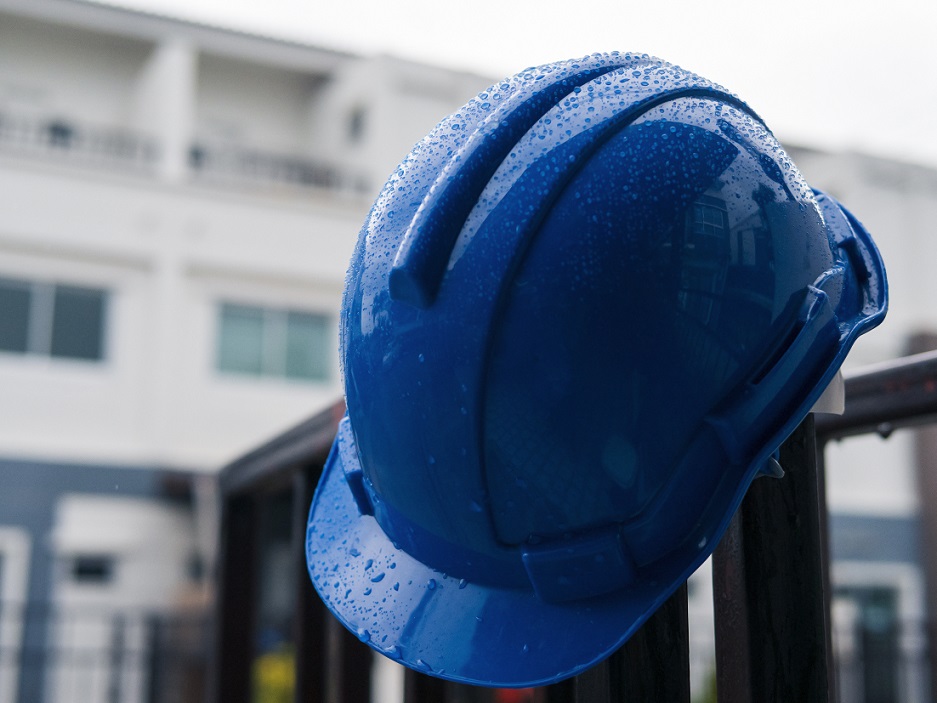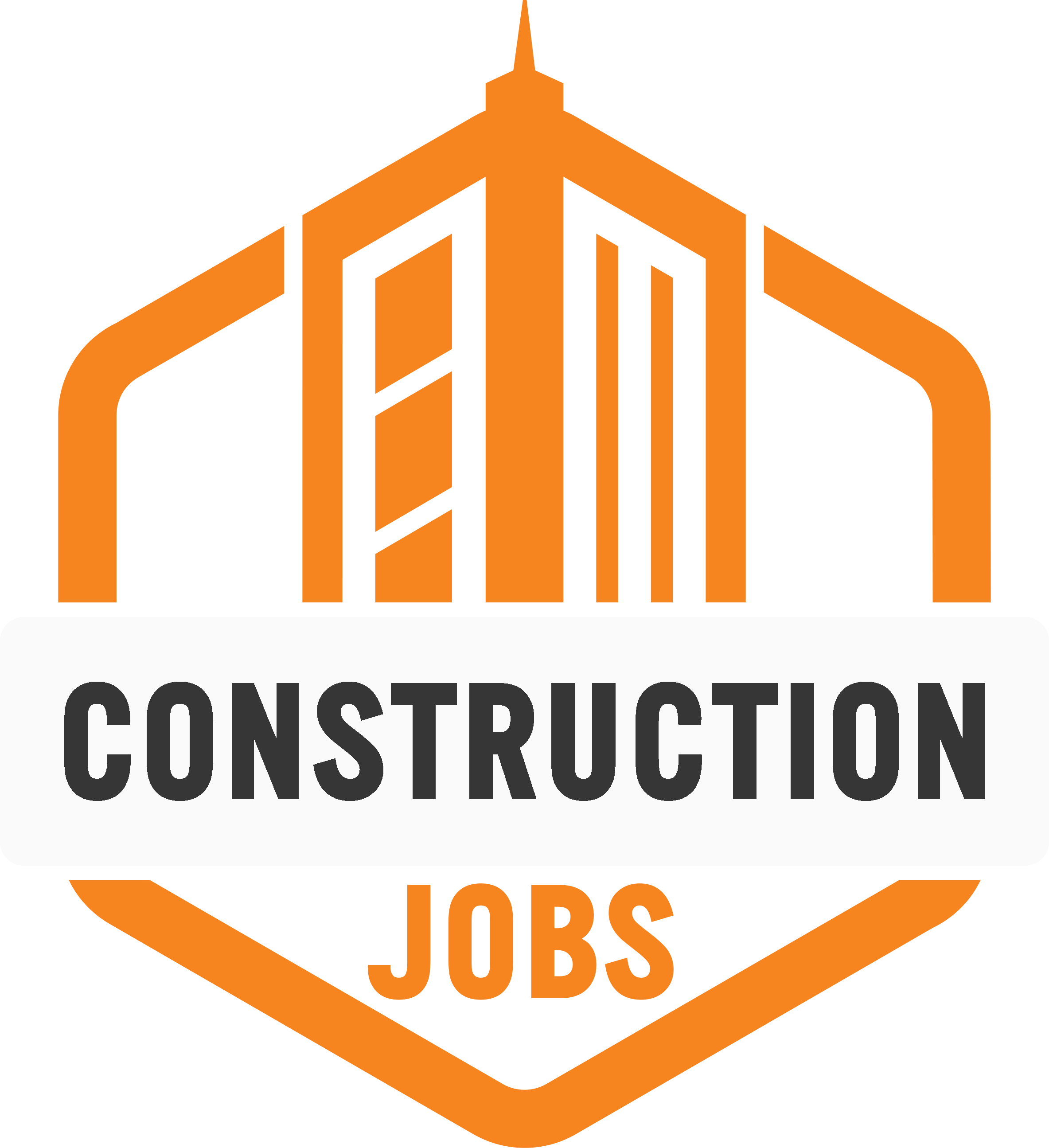Considerations for Construction & Extreme Weather
Prepare for extreme weather in construction with resilience planning, safety measures, and engineering expertise.

Construction is an essential part of our country’s growth. It is how new buildings pop up for new housing and job opportunities. Without construction, our world would look very different – and would lack the structures that make our cities so beautiful and easy to navigate. Unfortunately, construction projects can be heavily delayed due to weather concerns. This can be an even bigger issue when construction sites are in locations known for extreme weather conditions. Construction managers must take this into account and plan to keep things on schedule while ensuring the site is as safe as possible for all workers.
Construction Project Considerations
Weather is not only a major concern for the construction process, but also for the building itself. There should be specific considerations for the project when it comes to weather conditions. If you are building in an area known for hurricanes, it is important to consider engineering, resilience planning, building materials, and more.
Resilience planning is especially important as it relates to the strength of the building and its ability to recover from extreme weather conditions. This adds a layer to design for architects and costs for building owners. In some places, this cannot be skipped and is a necessary investment for the longevity of the building.
For high wind and heavy rain, like those we experience in a hurricane, resilience planning will focus on the roof. Use nails and strong adhesives to attach the roof to the roof framing or the walls to anchor the roof down. In areas where there is extreme heat, use high-reflectivity roofing materials. Snow can be devastating to a building, and having proper insulation is a must for new buildings.
Construction Crew Considerations
As a construction manager, it is important to be prepared for inclement weather by maintaining the safety of your workers and all of the equipment found on the job site. Preparing the job site ahead of time can prevent injuries and reduce delays. You will need to check weather forecasts both for the short term and the long term. There are several types of severe weather you should consider:
- Hurricanes
- Flooding
- Snow
- Thunderstorms
- High heat and extreme temperatures High winds
You will also need to consider seasonal weather risks during spring, fall, summer, and winter. Each season will require different kinds of preparations. You will need to create an action plan and stock emergency supplies. The main things you will need to do are:
- Prevent drain blockages
- Secure lightweight materials
- Check water pumps
- Get employees off scaffolds
These should be priorities when preparing for severe weather.
Electrical and Mechanical Engineering
You may think that mechanical engineers and electrical engineers are essentially the same things but they are not, although both roles require creativity, mechanical skills, mathematical skills, and the ability to problem-solve.
Electrical engineers focus on how power is generated, and mechanical engineers focus on the application of that power. Mechanical engineers focus on design material handling systems, oversee the manufacturing process, and investigate technical glitches.
An electrical engineer prepares cost and labor estimates, manages electrical contractors, conducts system checks, designs electrical systems, and resolves any electrical problems. Their main roles also include overseeing the projects, writing reports, and resolving issues.
It is important to have the right engineer on your team as they do provide different expertise. This is especially important when planning a building that must withstand extreme weather conditions. The electrical system must be able to sustain extreme weather, which is a need only an electrical engineer can assess.
Preparing for Extreme Weather
There are several ways you can prepare the job site for extreme weather conditions, including:
- Protecting your employees
- Installing safety systems
- Securing important documents
- Communicating with employees
- Reviewing the company’s insurance policy
- Establishing strong safety procedures
- Knowing what to do after a storm
To protect your construction workers and your business, you should create an evacuation plan and establish meeting areas both onsite and offsite. Employees should have digital access and physical copies to the evacuation plans. The more copies the better. Documentation is crucial during any kind of disaster. You should also create a disaster supply kit in case you are unable to leave the location.
You should ensure that construction workers are informed and understand safety procedures on a regular job site as well as during extreme weather conditions. You should also communicate with employees as to what is happening and when conditions may be unsafe for them to work.
Insurance policies can expire or have tricky language. It is important to review these before starting a job to ensure you are covered in the event of a disaster, whether natural or manmade.
Prepare for Extreme Weather Before It Hits
Weather can be unpredictable but knowing the area where you are building and the forecast can help to prepare for weather conditions before they hit. This preparation takes time and effort from everyone involved in the project. Do not wait until it is too late to prepare; do it now.
Author: Amanda Winstead is a freelance writer in the construction industry
- Share This →

